A body is performing simple harmonic motion with amplitude a and line period T variation of its acceleration (f) with time(t) is shown in figure If a line x velocity of the body is x which of the following graph is correct?

A
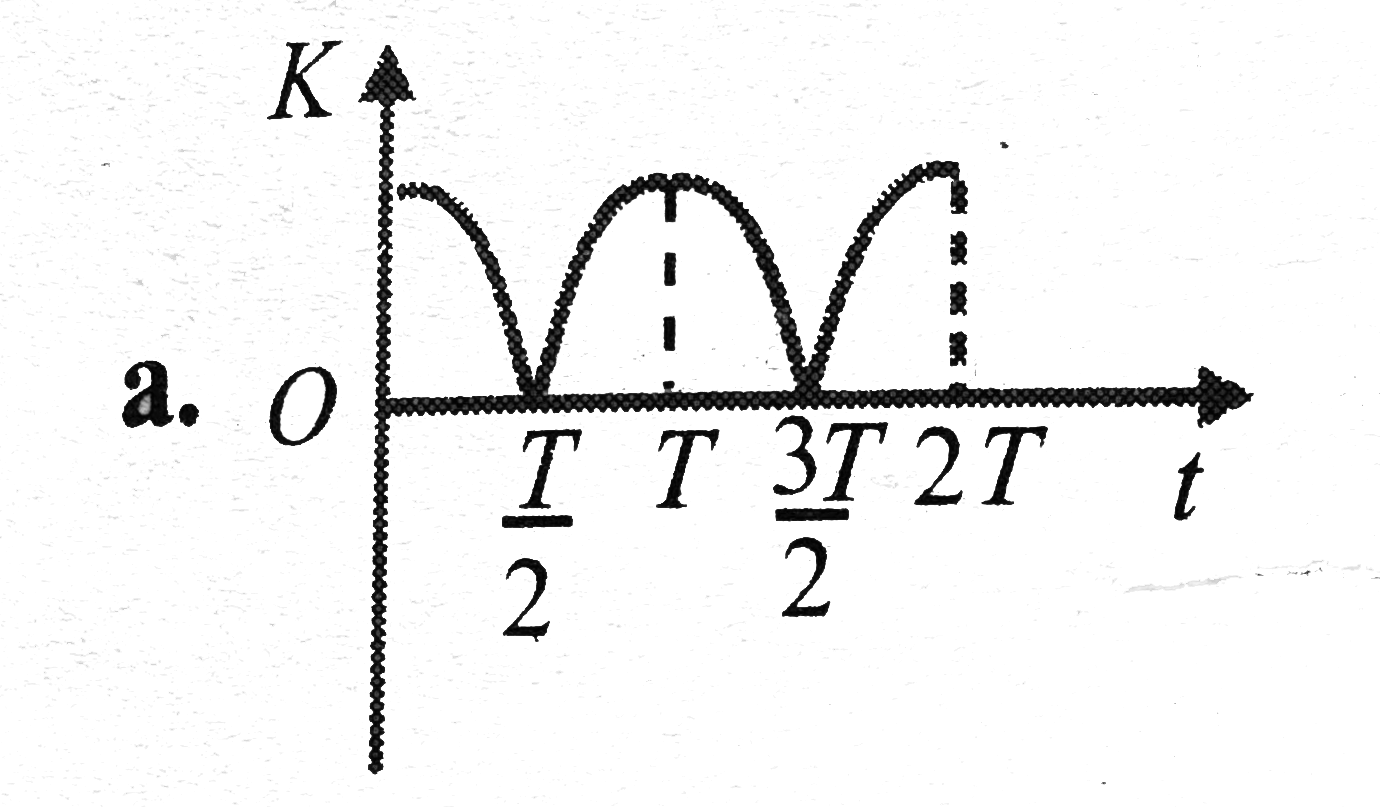
B
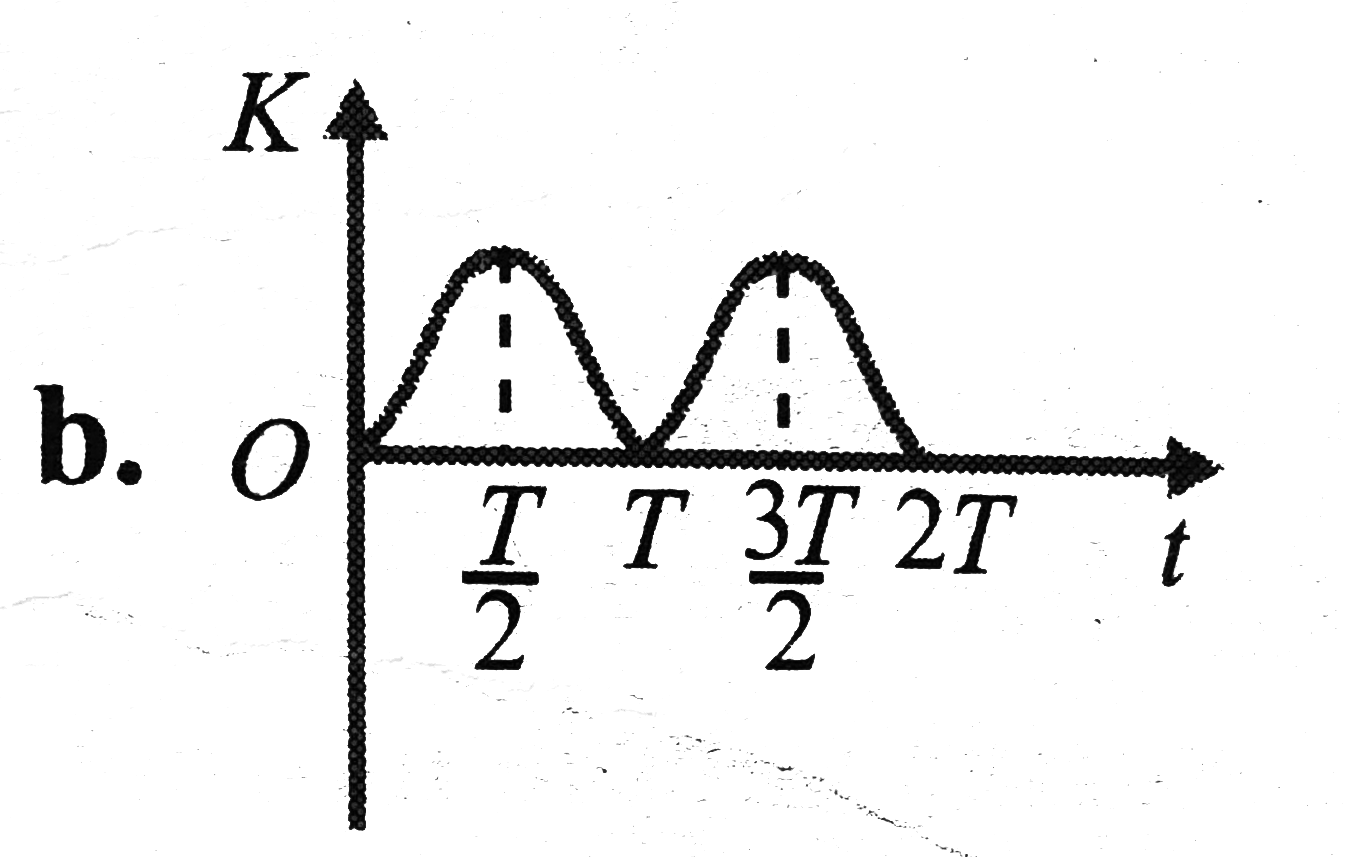
C
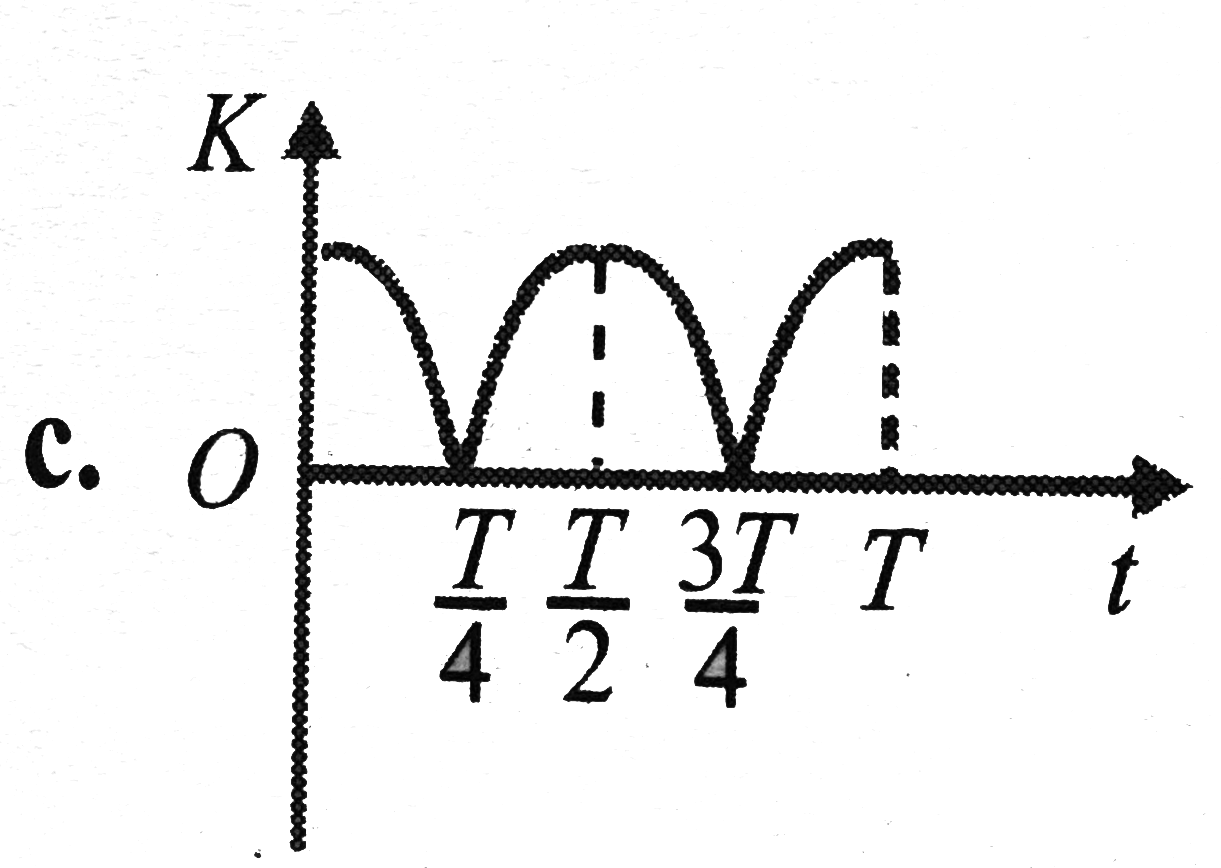
D

Video Solution
Text Solution
The correct Answer is:D
Since acceleration of the particle at initial moment is maximum possible and is negative, therefore, the particle is at right extreme position at this moment .
When the particle is released, it starts to move to the left. It means, velocity starts to increase from zero initial value to negative value and its magnitude becomes maximum possible at mean position (at t=T4). It means at t=T4, kinetic energy is equal to maximum possible.
At t=T2, the particle comes to instantaneous rest at left extreme position. It means at t=T2, v is equal to zero. Hence kinetic energy is equal to zero. At t=3T4, particle comes back to mean position and now moves to the right. Therefore, velocity is positive and has maximum possible magnitude. Therefore kinetic energy is maximum possible.
At t=T, particle comes back to initial position (extreme right position). Velocity and kinetic energy become equal to zero.
|
Updated on:21/07/2023
Related Playlists
- BOOK - CENGAGE PHYSICSCHAPTER - LINEAR AND ANGULAR SIMPLE HARMONIC MOTIONEXERCISE - Multiple Correct35videos
LINEAR AND ANGULAR SIMPLE HARMONIC MOTION
- BOOK - CENGAGE PHYSICSCHAPTER - LINEAR AND ANGULAR SIMPLE HARMONIC MOTIONEXERCISE - Assertion Reasoning6videos
LINEAR AND ANGULAR SIMPLE HARMONIC MOTION
- BOOK - CENGAGE PHYSICSCHAPTER - LINEAR AND ANGULAR SIMPLE HARMONIC MOTIONEXERCISE - Subjective21videos
LINEAR AND ANGULAR SIMPLE HARMONIC MOTION
- BOOK - CENGAGE PHYSICSCHAPTER - KINETIC THEORY OF GASES AND FIRST LAW OF THERMODYNAMICSEXERCISE - Interger11videos
KINETIC THEORY OF GASES AND FIRST LAW OF THERMODYNAMICS
- BOOK - CENGAGE PHYSICSCHAPTER - MISCELLANEOUS KINEMATICSEXERCISE - Interger type3videos
MISCELLANEOUS KINEMATICS
Knowledge Check
- Question 1 - Select One
A body is performing simple harmonic motion with amplitude A and time period T variation of its acceleration (f) with time(t) is shown in figure If a line x velocity of the body is x which of the following graph is correct?
 A
A B
B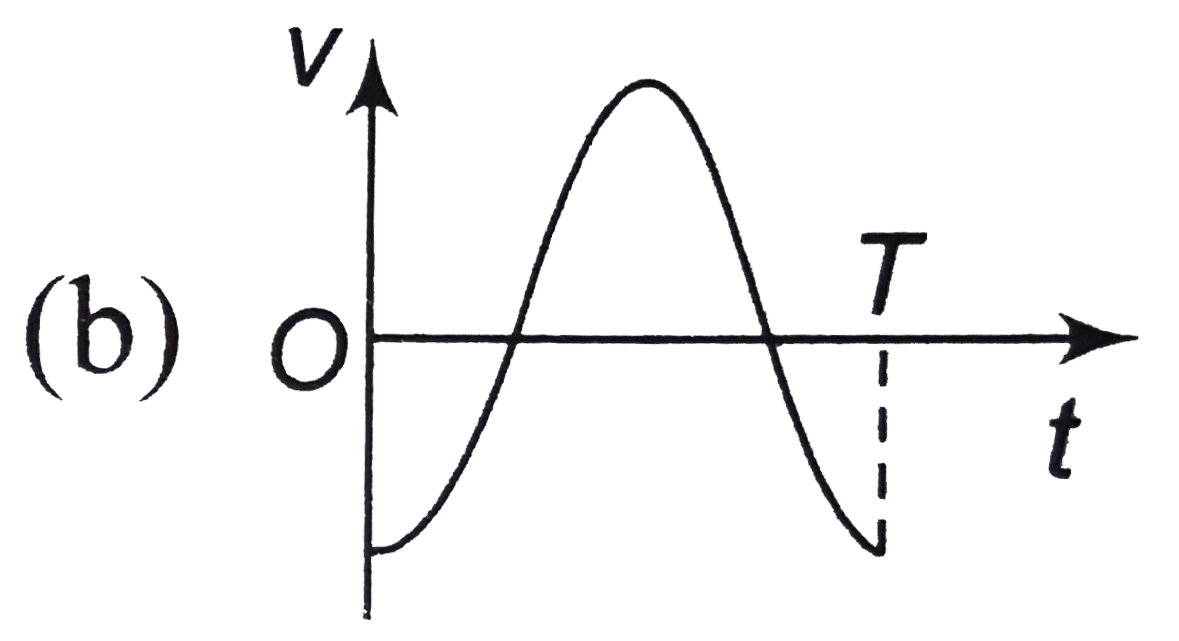 C
C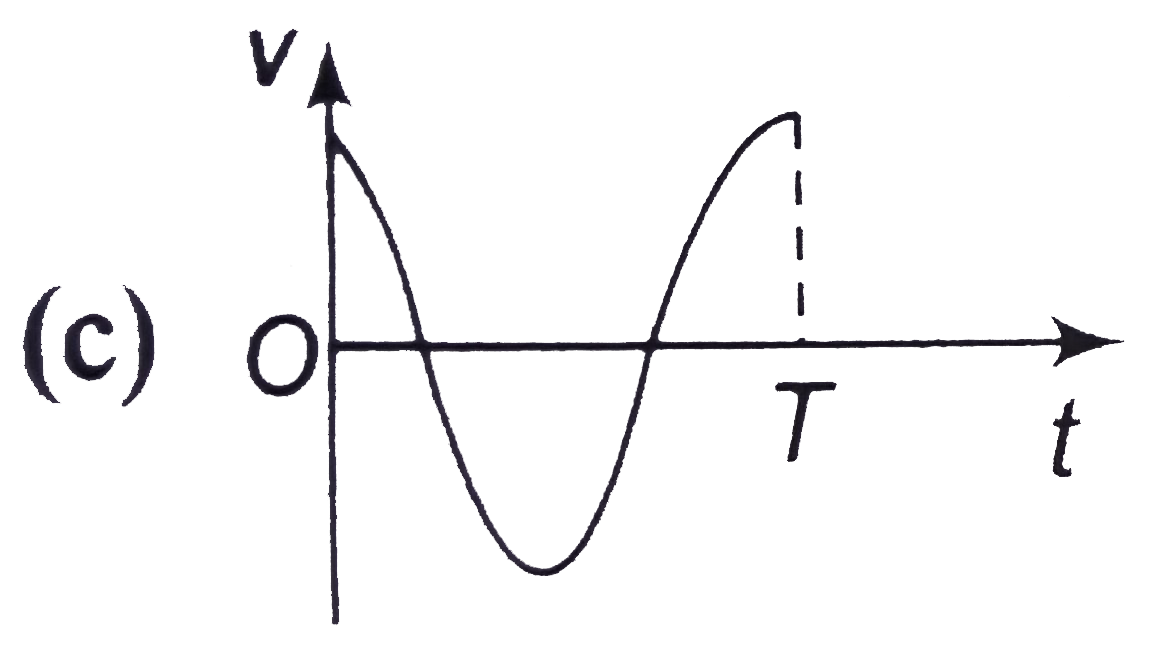 D
D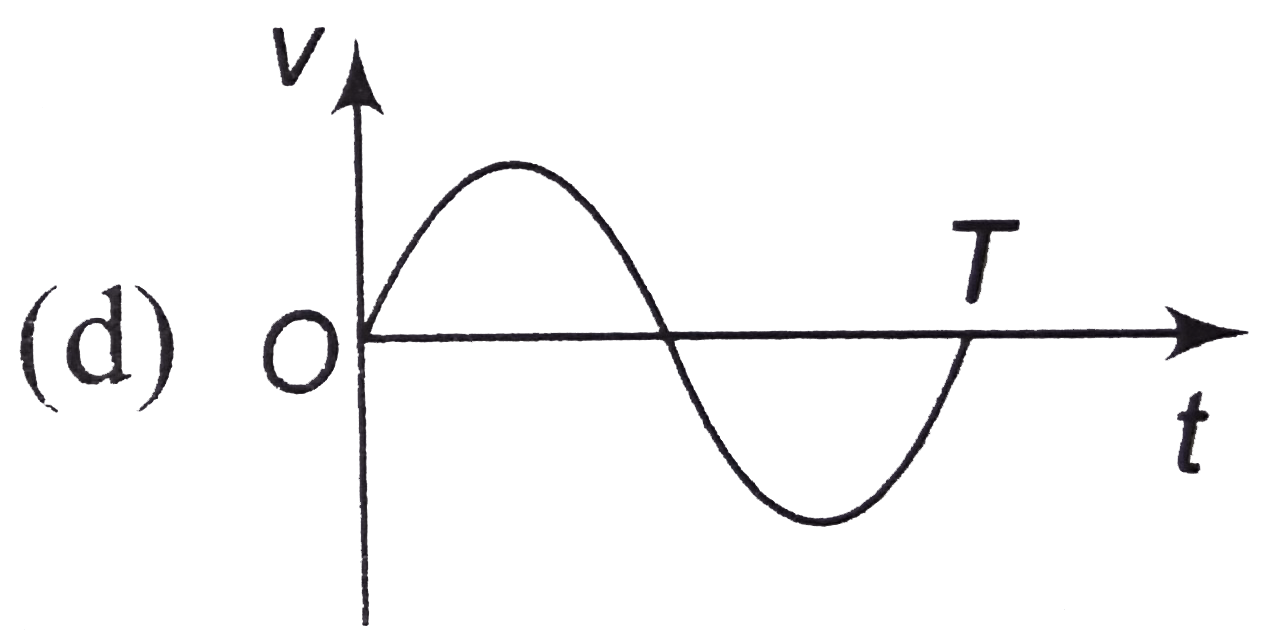
- Question 1 - Select One
A body is performing simple harmonic motion. Then its
Aaverage total energy per cycle is equal to its maximum kinetic energy.Baverage kinetic energy per cycle is equal to half of its maximum kinetic energy.Caverage total energy per cycle is equal to half of its malximum kinetic energy.DNone of these. - Question 1 - Select One
A simple harmonic motino has amplitude A and time period T. The maxmum velocity will be
A4ATB2ATC2π√ATD2πAT - Question 1 - Select One
A body is performing simple harmonic motion of amplitude A and time period T. The figure shown position-time graph of the body . At any time t, acceleration of the body is f, then which of the following graphs is/are appropriate?
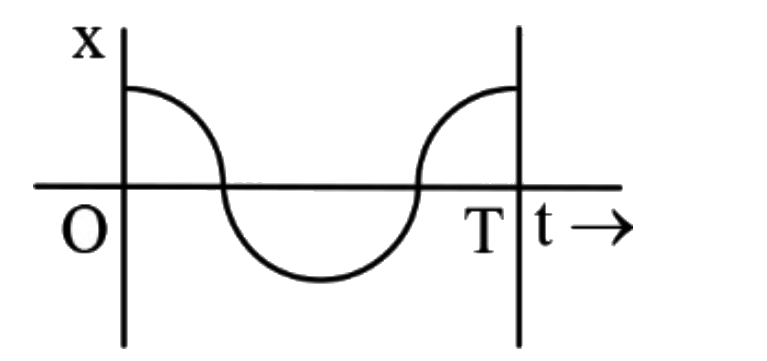 A
A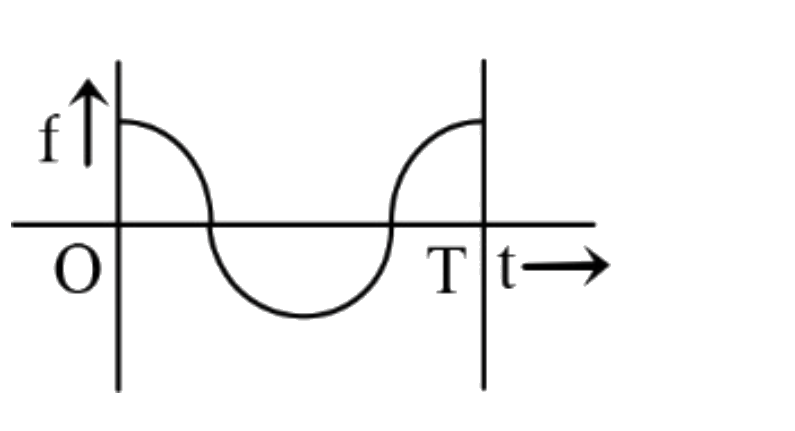 B
B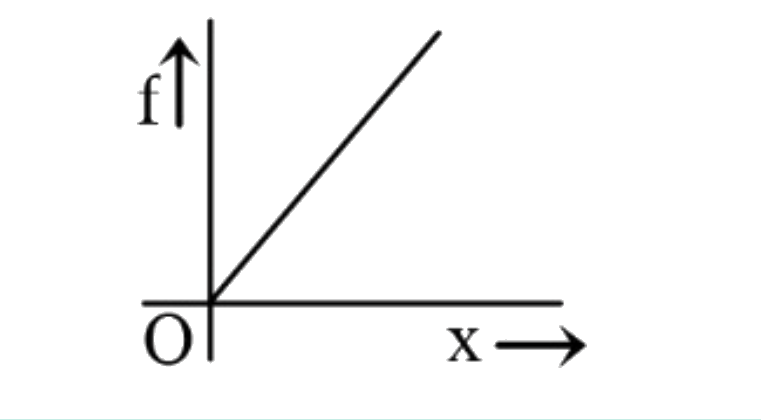 C
C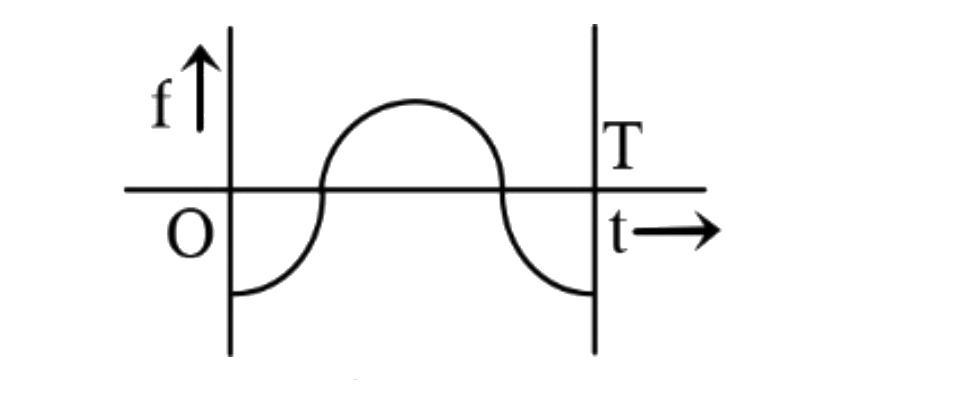 D
D
- Question 1 - Select One
A simple harmonic motion of amplitude A has a time period T. The acceleration of the oscillator when its displacement is half the amplitude is
A4π2AT2B2π2AT2C−4π2AT2D−2π2AT2 - Question 1 - Select One
A body is vibrating in simple harmonic motion with an amplitude of 0.06 m and frequency of 15 Hz . The velocity and acceleration of body is
A5.65m/sand5.32×102m/s2B6.82m/sand7.62×102m/s2C8.91m/sand8.21×102m/s2D9.82m/sand9.03×102m/s2 - Question 1 - Select One
A particle is performing simple harmonic motion with amplitude A and angular velocity ω . The ratio of maximum velocity to maximum acceleration is
AAωB1/ωCωDAω - Question 1 - Select One
The dependence of the acceleration of a body with time is shown in Figure. At t=0, the velocity of the body is −3m/s and position is x=0m.
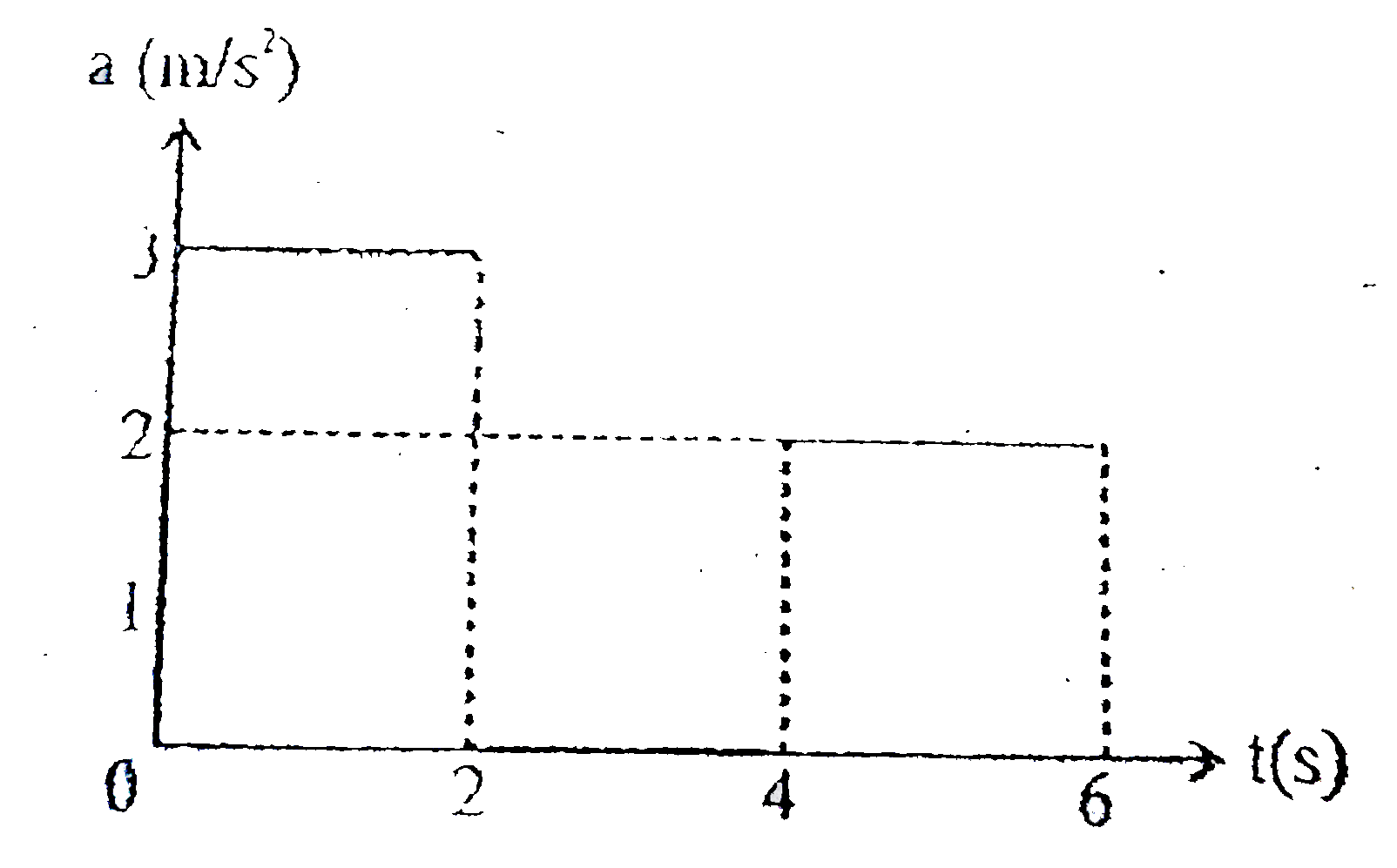 AThe velocity time graph is
AThe velocity time graph is
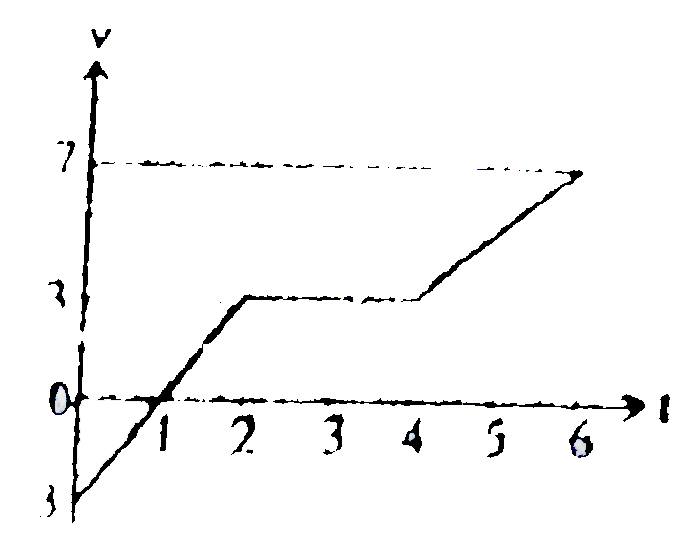 BThe velocity time graph is
BThe velocity time graph is
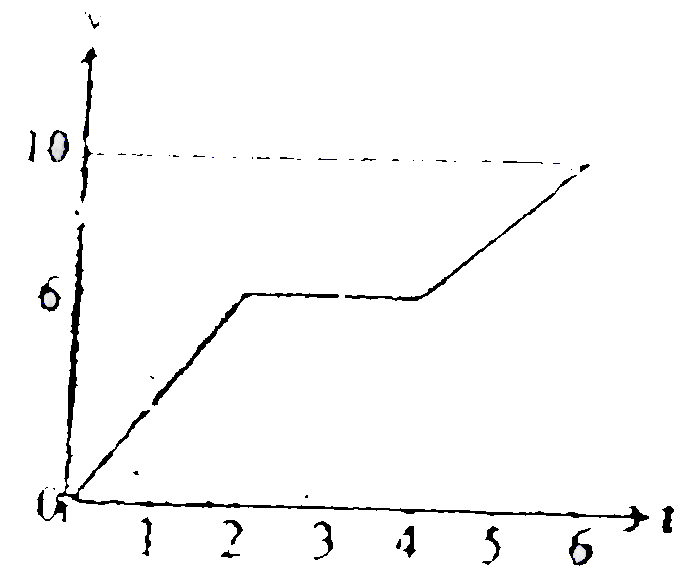 CThe position time graph is
CThe position time graph is
 DThe position time graph is
DThe position time graph is
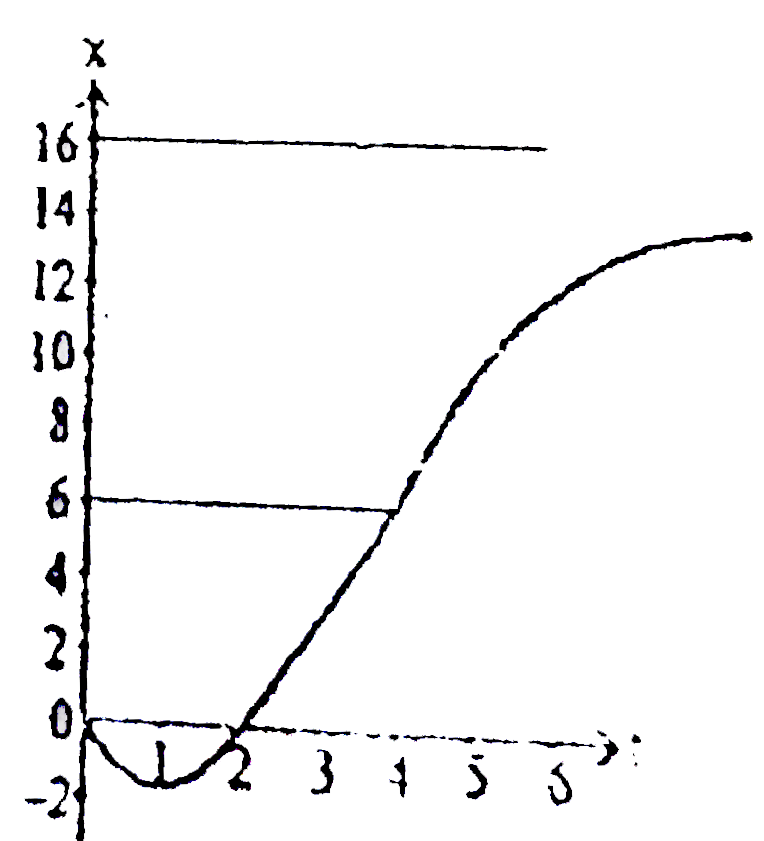
- Question 1 - Select One
A simple pendulum performs simple harmonic motion about x=0 with an amplitude a and time period T speed of the pendulum at x=a/2 will be
Aπa√32TBπaTC3π2aTDπa√3T

